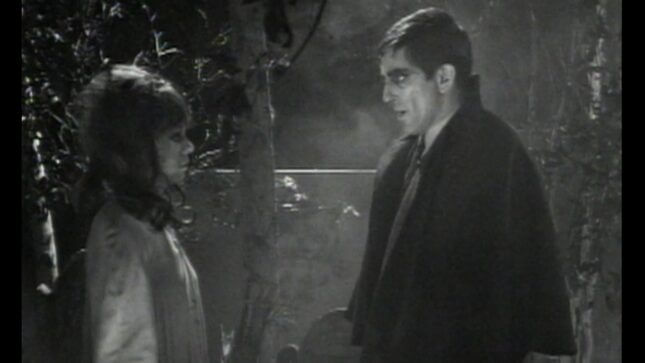
What if I told you there was a perfect television show, and that it’s a low-budget late-1960s soap opera about a vampire slinking around a town in Maine that appears to consist solely of a mansion, a cannery, a graveyard, and a shitty bar called the Blue Whale?
I started Dark Shadows as a joke, sort of. Having burned out on vampires sometime in the early 2000s, after spending entirely too much of high school reading every paranormal romance series available—this was before the Twilight boom, thanks very much—I’m finally interested again. Surely, these fields have lain fallow long enough that it’s time for a revival. I realized that I’d never actually seen this particular minor classic of the genre, which is less discussed than the Hammer films but equally important in fostering a taste for blood(suckers) among Americans in the latter half of the 20th century.
Dark Shadows ran on ABC from June 1966 to April 1971. Thanks to decades of syndication and cult fandom, it’s been subsumed into the canon of midcentury spookiness, a motley crew that ranges from The Twilight Zone to The Munsters. But its original home was alongside General Hospital and As The World Turns. Dark Shadows was launched as a straight-up classic soap opera, riffing on a highly popular genre of the time: the gothic romance. The show began with an orphan named Victoria Winters journeying to Collinsport, Maine, to take a job as a governess—a plot that will be immediately recognizable to anybody who ever had a Victoria Holt phase.
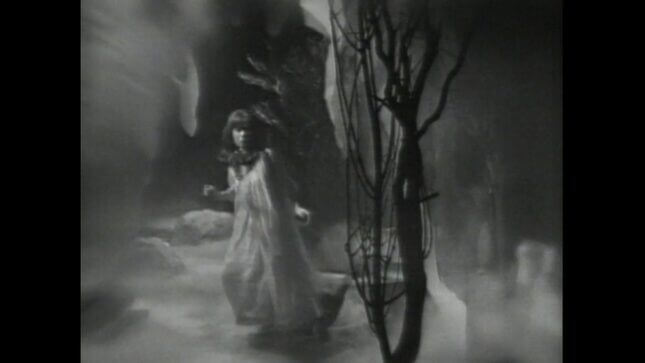
But while gothic romances were among the most popular pulp fiction genres of the era, Dark Shadows couldn’t get any traction. That is, until they introduced the character of Barnabas Collins, a somewhat repentant, self-loathing vampire who slunk around Collinsport in idiosyncratic tailoring. Originally actor Jonathan Frid was booked for a brief run, but the character quickly proved popular and plunged from vaguely eerie to outright horror, or at least as much as you could show on network television in 1967. The show found its ideal constituency in the form of the young people who were getting home around the same time it was airing, in addition to the housewives who wanted something a little offbeat—making it, yes, essentially the Riverdale of its day. This makes Dark Shadows an important, visible link between two pop cultural traditions, gothic romance and vampire romance, which are clearly thematically linked.
The show ran 1,225 episodes total and is the rare midcentury soap available in its entirety (on Amazon Prime), except for one missing episode, thanks to an early syndication deal. This means the best way to watch it is by picking the story arcs that interest you; hence, I skipped to the arrival of Barnabas, all the way in Episode 210.
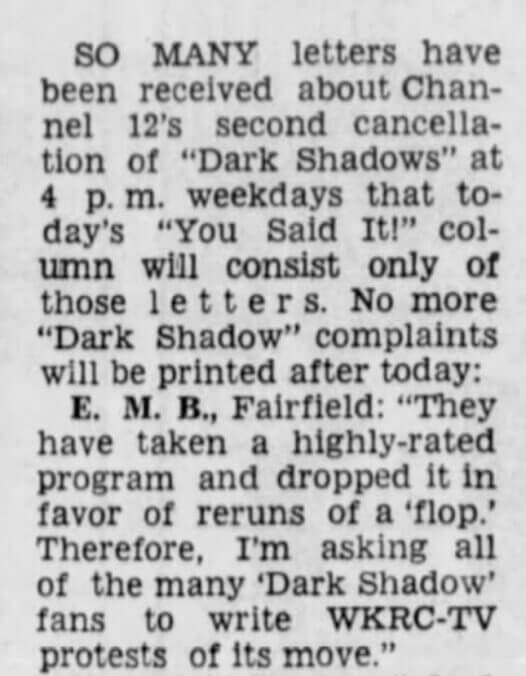
Objectively, Dark Shadows is a disaster. The production schedule was punishing, and their budget was near-nonexistent, so when actors flubbed their lines they just kept moving. The episodes are therefore frequently punctuated by funny little hiccups. It’s also not unusual to see sound or camera equipment drifting into the shot, and the special effects are roughly on par with a hell house run by a local church. Every episode begins with a voiceover from Victoria Winters—“My name is Victoria Winters”—then offers some sort of atmospheric weather report on the ongoing story, like “Sunset at Collinswood, and the coldness of night settles in. This is a coldness that comes not from the air, but from a place that is still, and deep.” It makes you wonder why Victoria doesn’t speak the hell up if she knows so much about what’s happening psychically around this extremely weird town. The show also relies heavily on the eerie sounds of the theremin, so much so that it frequently stops being eerie and tips over into comedy.
At one point, the defiant daughter of the Collins family matriarch takes up with a biker to spite her mother. His name is Buzz and he wears a chain like a Miss America pageant sash. And I haven’t even gotten into the Blue Whale, the town’s waterside watering hole, which always seems to be playing light bossa nova despite being just a regular sketchy fisherman’s bar.
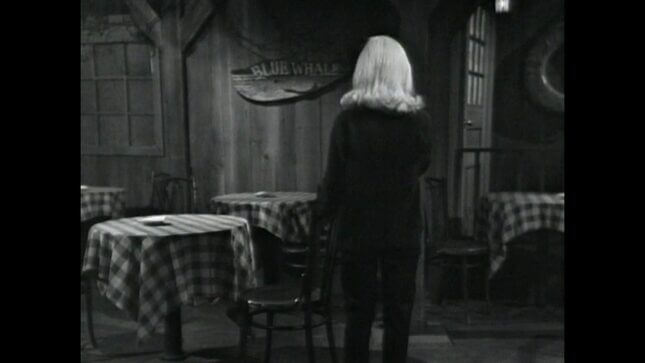
At the most basic level, the introduction of Barnabas Collins makes no sense. Newly freed from his crypt by Willy Loomis, a petty criminal henchman who went looking for Collins family jewels and got more than he bargained for, Collins just turns up at the Collins family mansion—the big house—and introduces himself as a Collins cousin from a branch in England. His evidence that he’s related? He points to the hall portrait of himself and notes the startling similarity. Matriarch Elizabeth Stoddard—she married and took her husband’s name, but you find out after many, many episodes that she’s being blackmailed into marriage by an unscrupulous Irishman who knows that she in FACT killed! her! first! husband!—simply welcomes Barnabas into the family. When he comes back and asks to move into the crumbling old Collins family home from the 18th century, which is of course the home that Barnabas inhabited, she says sure. After all, he’s a Collins. She doesn’t ask to see any paperwork whatsoever. It’s also not clear where Barnabas is getting the money to pay for the portrait he immediately commissions from the town’s resident artist. Presumably, he was declared dead in the late 18th century, and his fortune was passed on to the rest of the family.
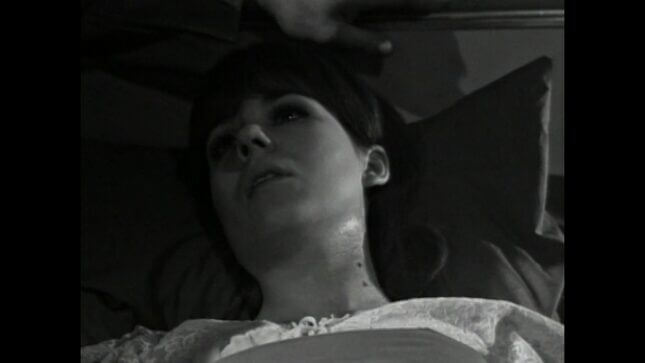
There is, nevertheless, something absolutely mesmerizing about Dark Shadows. It is a cult classic for very, very good reasons. Why would I watch the feuding monsters on Succession when I could instead watch a zonked-out, be-spelled young woman wandering stricken through a graveyard in her nightgown, looking like I feel after reading any news about the media industry? When I could watch Jonathan Frid try to smile menacingly around his fake fangs? Also, the plot’s sheer incoherence makes it incredibly rewarding when a character says something that actually suggests some common sense, like, “Vicky, you were hired as a governess, not a psychoanalyst.”
But it’s not just the silliness that appeals. The weirdly time-distorting pacing of the soap opera is particularly effective in a show about the paranormal. The episodes are only 20 minutes long, so they whizz by, but the plot advances at a glacial pace, and there are generally two going at any given time. So it’s simultaneously undemanding and riveting. I would find myself sitting down to fold laundry and then suddenly realized I’d raced through five or six episodes. An ailing character might still be stuck languishing dramatically in bed despite the rapid resolution of an entirely separate plot. The effect is psychically soupy, lulling you into forgetting about the low-budget goofiness. I found myself sinking into the experience.
At one point, a young woman named Maggie Evans—whom Barnabas wants to make his vampire bride by brainwashing her into believing she’s Josette Collins, his 19th century fiancee who jumped off a cliff when she realized what becoming a vampire would actually mean—goes wandering the misty woods around Collinsport, making her way to a graveyard and the waiting Barnabas. She was clearly wandering through a soundstage, to the point that it looked like she was filming an Instagram story at Sleep No More. But somehow the sheer fakery of it all ultimately contributes to the atmosphere, even as you watch Frid bat a fake branch off his shoulder while he advances upon Maggie. And, too, all those introductory voiceovers are over fuzzy, shimmering images of the Collins family mansion, Collinwood, which means each episode plunges in with what looks like spectral found footage.
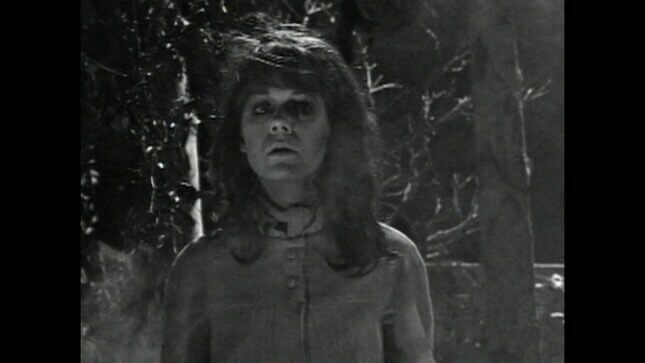
This program must have been so creepy to watch on a staticky, boxy old television show. Imagine coming across this show in the middle of the night in syndication, without the ability to immediately pull up a Wikipedia page explaining everything about it. Divorced from its original context as part of a soap opera lineup, there’s something faintly eerie, almost otherworldly about the show’s very existence. From where does this show even beam into your home? On what mysterious Amazon server does it live? What’s that moving in those dark shadows? Where’s that theremin music coming from? Are the hairs on the back of your neck stirring? Who’s behind you? My name is Victoria Winters.
Happy Halloween!